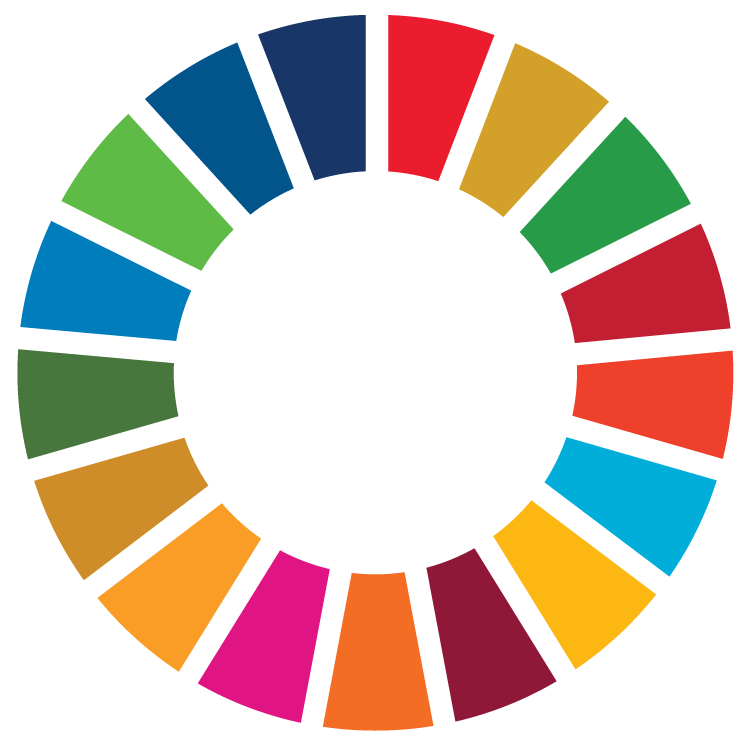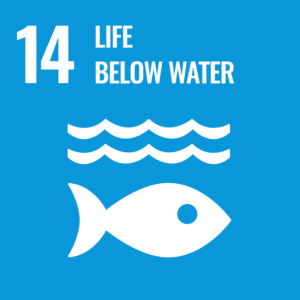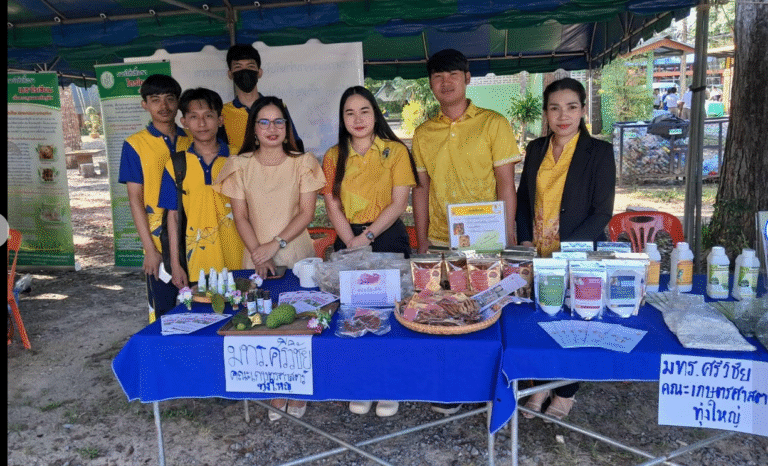Reporters: Asst. Prof. Porntep Wirachwong
Dr. Chanyut Sudtongkong
Evidence Date: March 26, 2024
Related Indicator: 14.3.3
Seagrass Restoration: Oasis Model × SDG 14
October 18, 2025
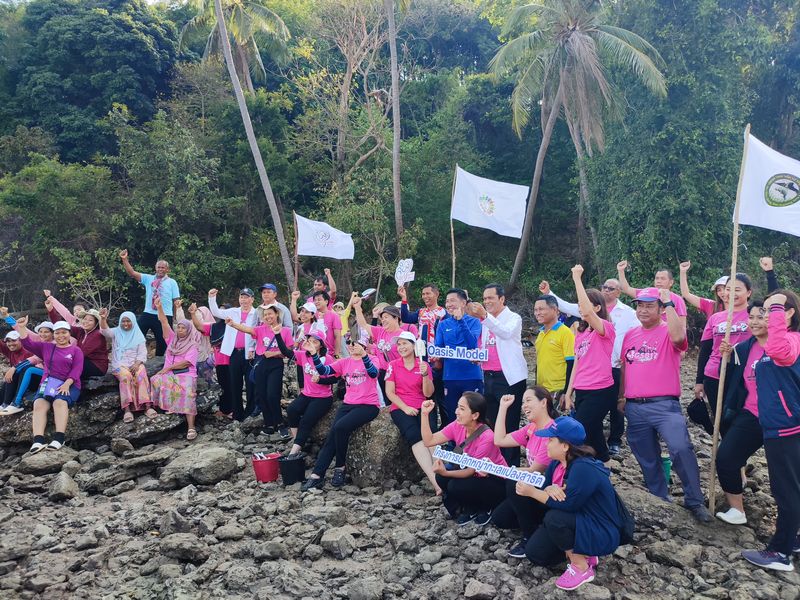
In Thailand, the seagrass habitats provide essential grazing grounds for the dugong (Dugong dugon), which is listed as Vulnerable by the IUCN. The rapid decline in seagrass cover—driven by sedimentation from coastal dredging and land erosion—poses a serious threat to the local dugong population dependent on these meadows. The preservation of these ecosystems is thus critical for the long-term viability of dugongs and associated marine fauna.
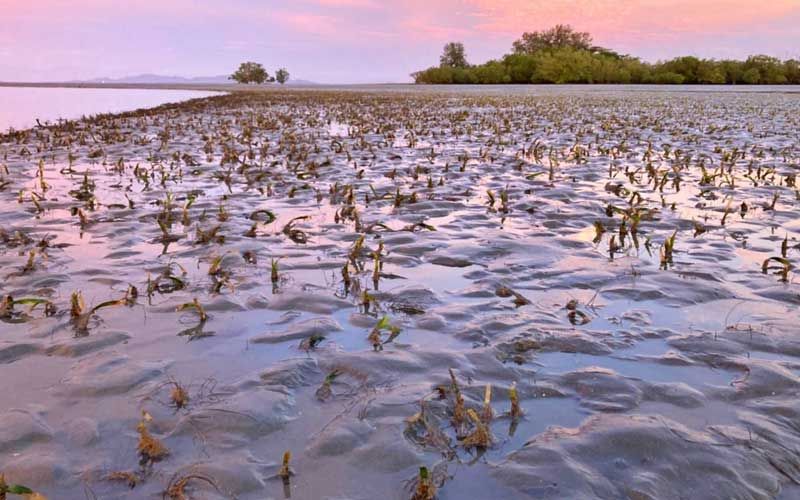
Rajamangala University of Technology Srivijaya (RUTS) plays a key role in seagrass restoration. Led by Assistant Professor Porntep Wirachwong, the Marine Science and Environment program at RUTS has initiated the “Seagrass Restoration Project: Oasis Model × SDG 14 at Libong Island, Trang province, in partnership with Government Saving Bank (GSB) and local community. The project’s goal is to advance seagrass restoration techniques to enhance the survival rates of transplanted seagrasses.
On 25 March 2024, RUTS, Trang Campus, in collaboration with Government Savings Bank implemented the “Oasis Model X – SDG 14 Life Below Water” project, establishing a seagrass demonstration plot on Koh Libong to restore degraded seagrass meadows.
Assistant Professor Pornthep Wirachwong, Head of the Department of Marine Science and Environmental, Faculty of Fisheries Science and Technology, serving as lecturer, participants were instructed on seagrass ecology and shown how to transplant seagrass shoots from rhizomes. More than 200 network‑members joined the event — including senior officials, staff from the Government Savings Bank, personnel from the Koh Libong Marine Wildlife Sanctuary, the Koh Libong Subdistrict Administrative Organization, students of Ban Batu Pu‑Tae School, community volunteers of Koh Libong and RUTS‑Trang students. As a collective effort, the first phase achieved planting 1,400 seagrass units, contributing to the United Nations’ SDG 14 aim to conserve and sustainably use oceans and marine resources.
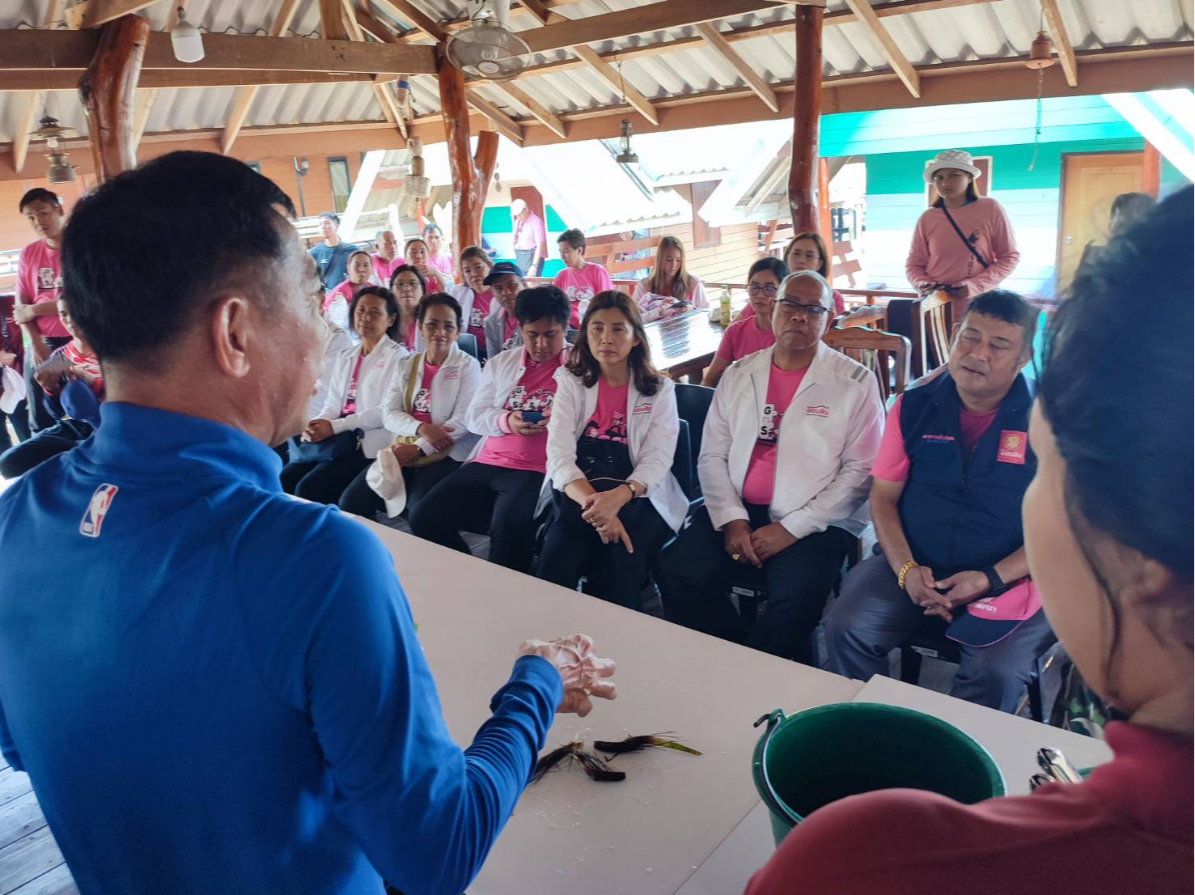
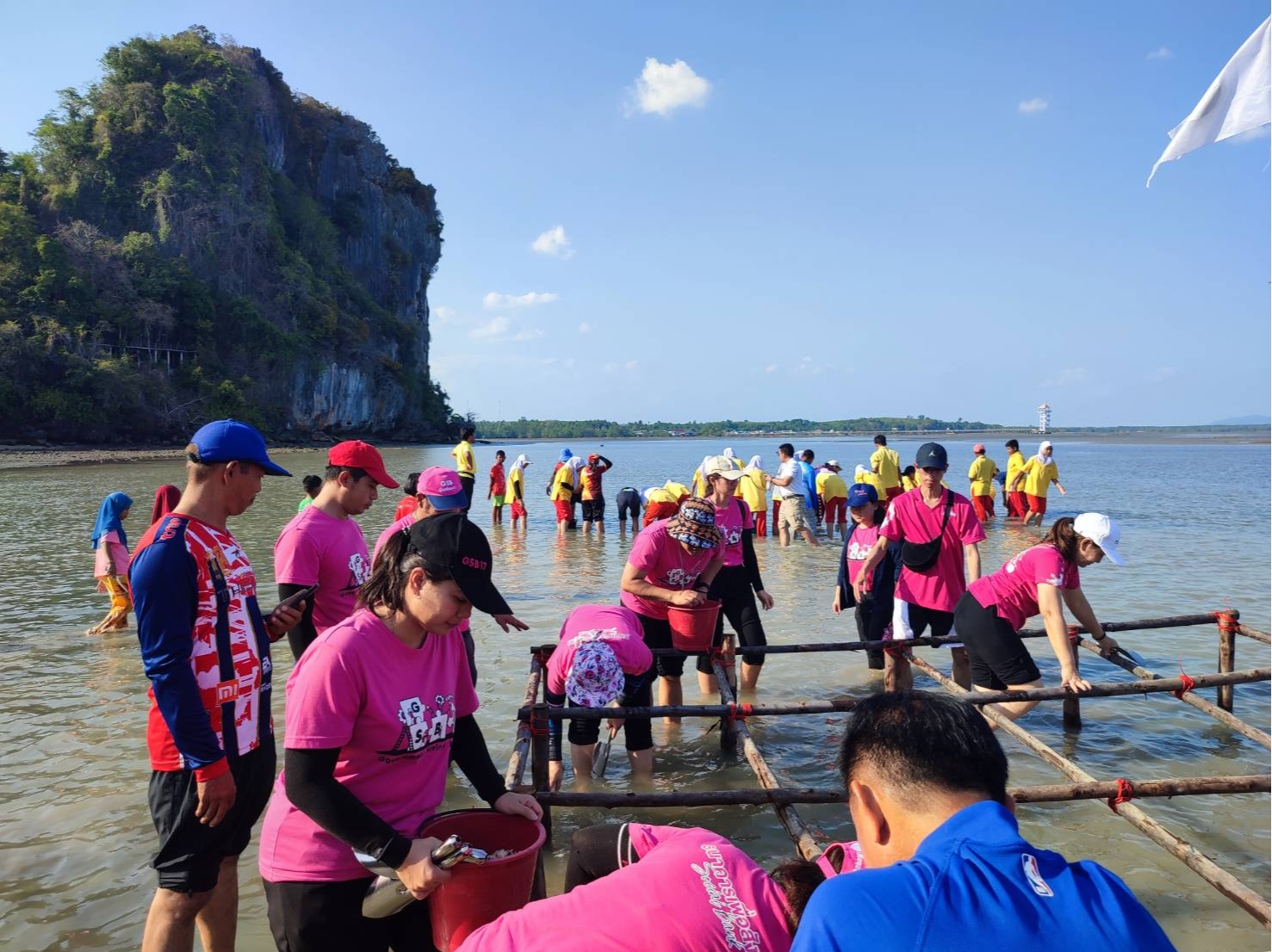
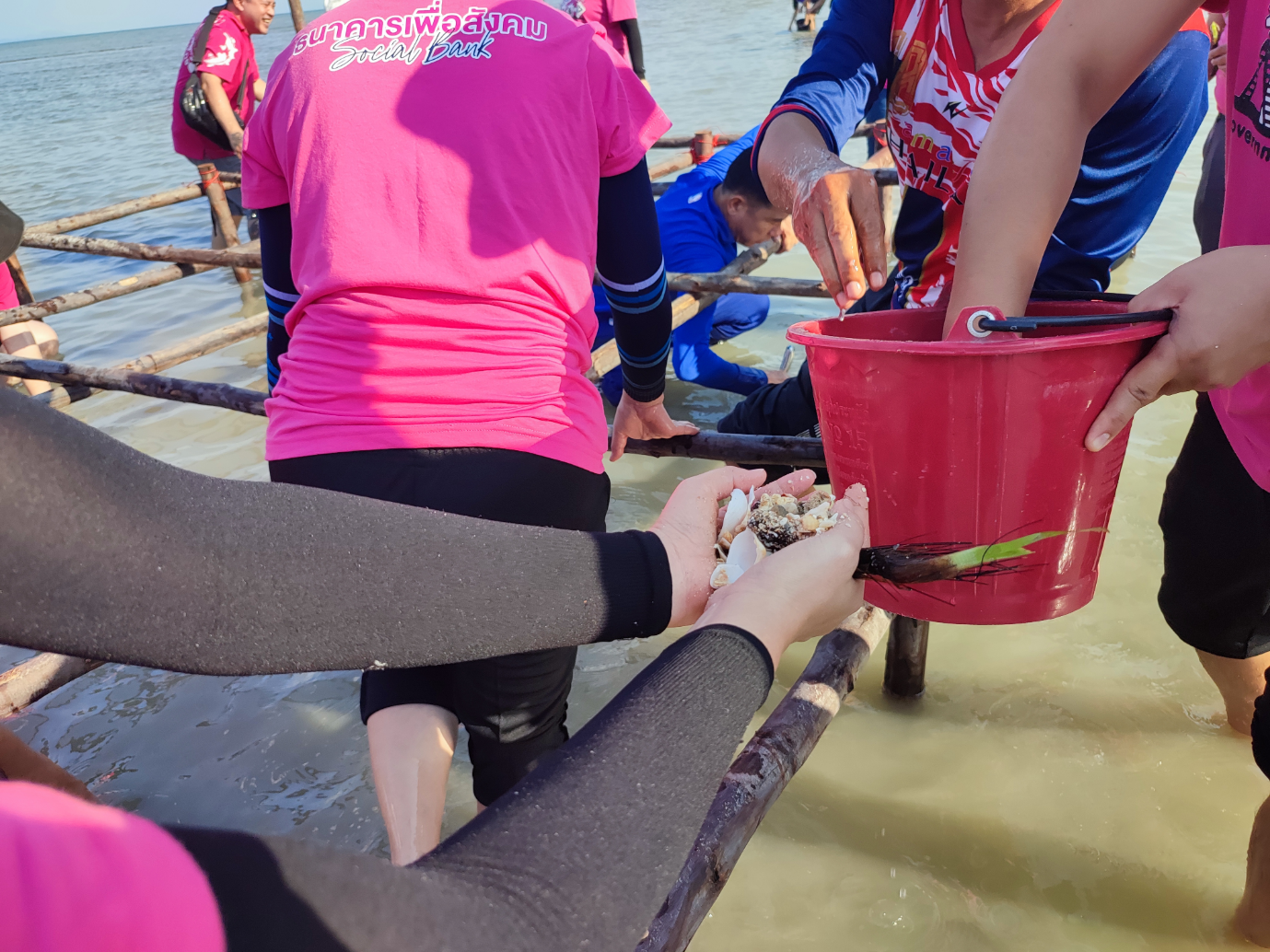
Related Links:
https://www.blockdit.com/posts/66027e4f5b00122ce648be1e
https://www.facebook.com/watch/?v=1125242805455557
